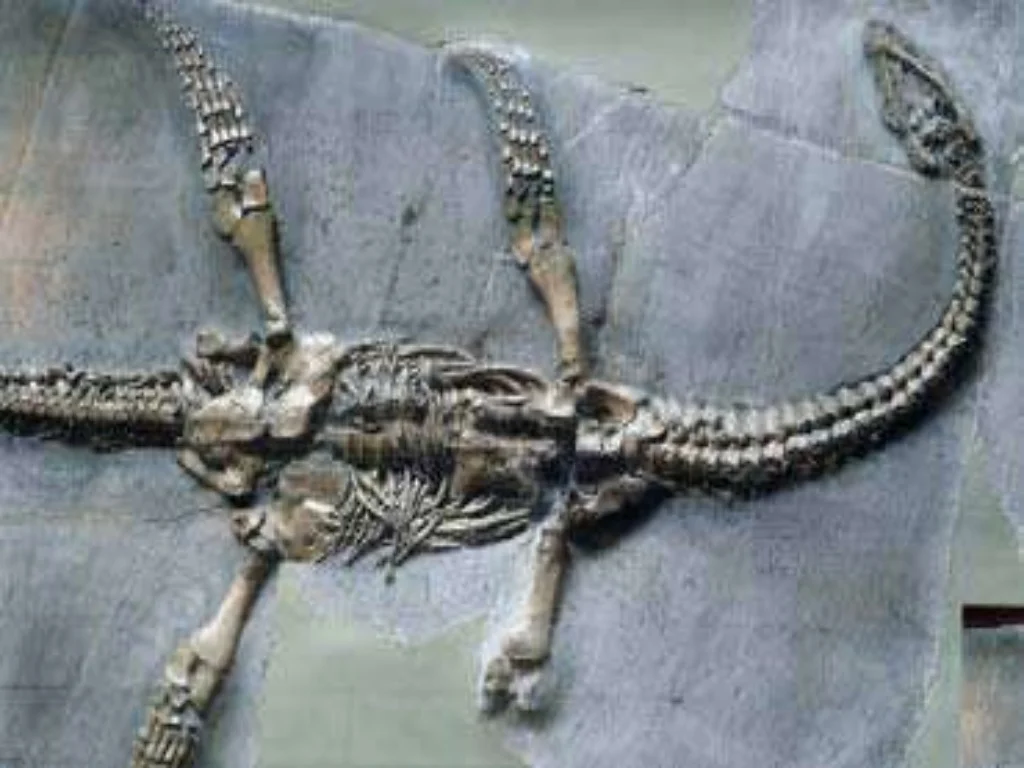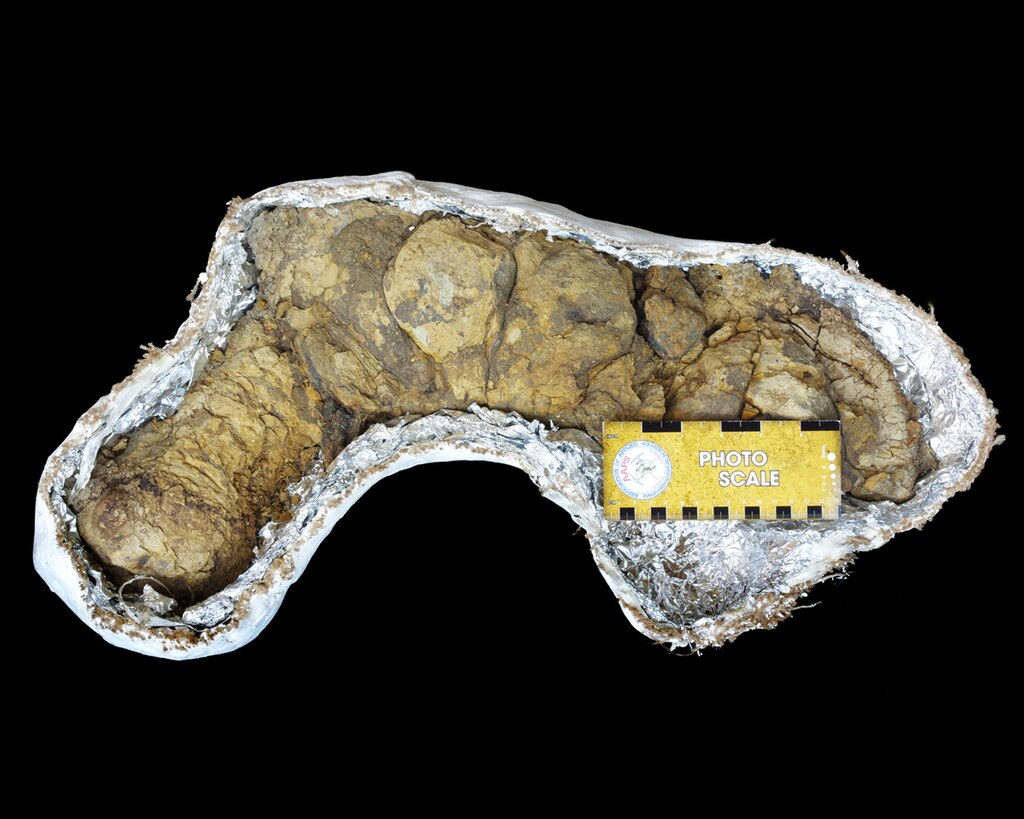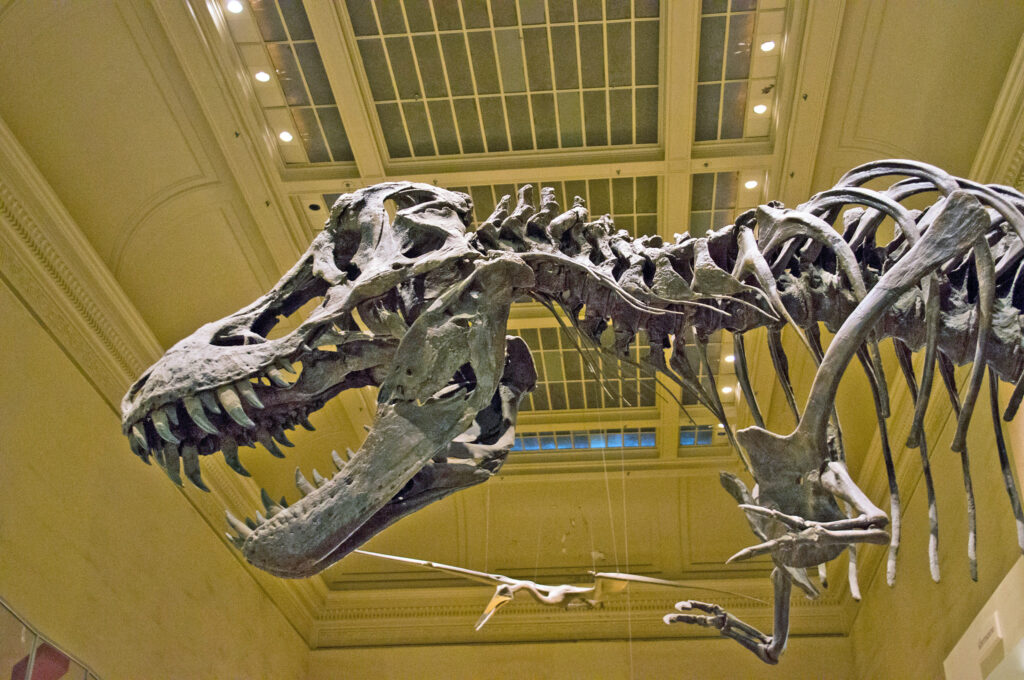The prehistoric world continues to reveal its secrets through fossil discoveries that challenge our understanding of dinosaur behavior and capabilities. One of the most intriguing questions paleontologists have debated for decades is whether dinosaurs—traditionally viewed as terrestrial creatures—had the ability to swim. Recently, a remarkable claw fossil discovered in Canada has reignited this discussion, providing compelling evidence that some dinosaur species may have been more comfortable in aquatic environments than previously thought. This discovery not only reshapes our understanding of dinosaur locomotion but also offers new insights into the diverse ecological niches these magnificent creatures may have occupied millions of years ago.
The Canadian Fossil Discovery That Changed Everything
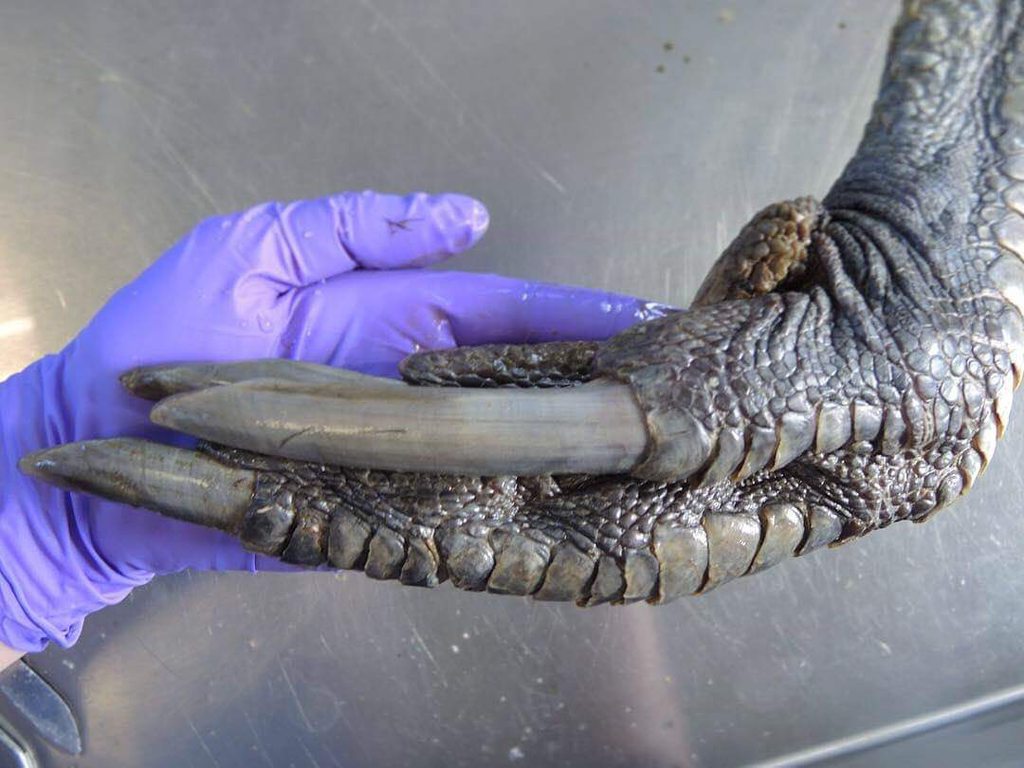
In 2020, paleontologists working in Alberta, Canada made a startling discovery while excavating in the Dinosaur Provincial Park. They unearthed a distinctive claw fossil belonging to a theropod dinosaur, estimated to be approximately 75 million years old. What made this discovery particularly significant was the claw’s unique adaptations that appeared specialized for aquatic movement. The claw exhibited an unusual curved shape with flattened sides that would have created less drag in water, along with distinctive muscle attachment points suggesting powerful paddling capabilities. Initial analysis by researchers at the Royal Tyrrell Museum indicated that this specimen differed markedly from typical land-dwelling theropod claws, which are generally designed for grasping prey or climbing rather than moving through water.
Previous Evidence of Swimming Dinosaurs
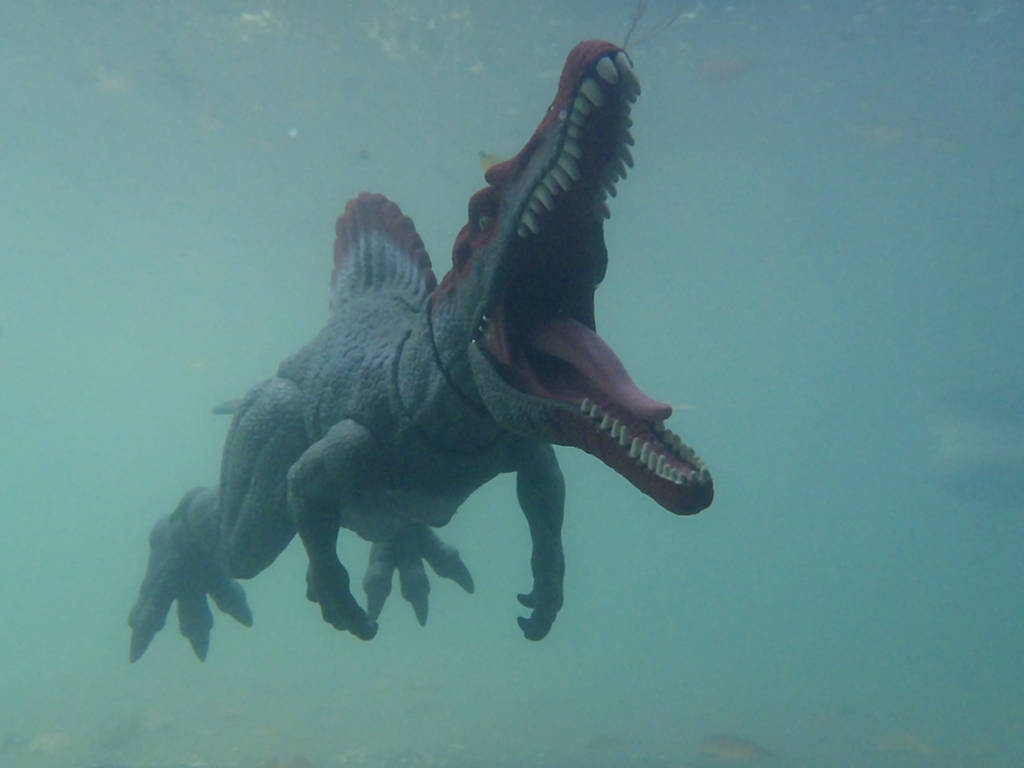
The Canadian claw discovery builds upon a growing body of evidence suggesting some dinosaurs had swimming capabilities. In 2017, researchers in Mongolia uncovered the fossil of Halszkaraptor escuilliei, a small dinosaur with adaptations suggesting a semi-aquatic lifestyle, including a swan-like neck and flipper-like forelimbs. Similarly, trackways discovered in Spain and Korea have preserved what appear to be dinosaur swim traces, showing claw marks that dragged along lake or river bottoms. The famous spinosaurus, with its crocodile-like snout and dense bones that would have provided ballast in water, has also been reinterpreted in recent years as a primarily aquatic predator. These earlier findings laid the groundwork for scientists to reconsider dinosaur locomotion capabilities, but the Canadian claw provides some of the most direct anatomical evidence yet for swimming adaptations.
Identifying the Mystery Swimmer

Initial analysis suggests the claw belonged to a previously unknown species of dromaeosaurid—the family of feathered, bird-like dinosaurs that includes Velociraptor. This particular specimen, however, shows adaptations not seen in other members of this family. DNA analysis wasn’t possible due to the fossilization process, but careful comparison with other theropod fossils revealed key differences in the claw’s morphology. The research team, led by Dr. Hannah Larson, has tentatively named the species “Aquaraptor borealis,” though formal classification awaits peer review. What makes identification particularly challenging is that the fossil record for this species remains incomplete, with only partial skeletal elements recovered thus far. The team continues to search for additional remains that might provide a more complete picture of this dinosaur’s appearance and lifestyle.
Anatomical Adaptations for Aquatic Life

The Canadian claw discovery reveals several fascinating adaptations that would have facilitated swimming behavior. Beyond the hydrodynamic shape of the claw itself, microscopic analysis of the bone structure showed higher density than typical land-dwelling theropods, which would have provided better buoyancy control underwater. The attachment points for tendons and muscles indicate powerful flexion capabilities suited for paddling motions rather than the grasping function typical of predatory dinosaurs. Additional fossil fragments found nearby suggest the presence of flattened tail vertebrae that may have supported a fin-like structure for steering through water. These adaptations parallel those seen in modern semi-aquatic reptiles like crocodiles and certain aquatic birds, providing a compelling case for convergent evolution in response to aquatic environments.
The Paleoenvironment: Ancient Canada’s Waterways

During the Late Cretaceous period when this dinosaur lived, the region that is now Alberta was dramatically different from today’s landscape. The area was covered by the Western Interior Seaway, a vast inland sea that divided North America into two landmasses. The coastlines featured extensive wetlands, river deltas, and swampy forests that would have provided ideal habitats for semi-aquatic creatures. Sedimentary analysis of the fossil site indicates it was once a slow-moving river system rich in fish and other aquatic prey. Pollen samples from the same sedimentary layer reveal abundant water plants and shoreline vegetation. This paleoenvironmental context strongly supports the hypothesis that local dinosaur species would have evolved adaptations to exploit these productive aquatic ecosystems, potentially explaining the swimming adaptations observed in the claw fossil.
Swimming Mechanics: How Would Dinosaurs Move Through Water?

Based on the Canadian claw and other evidence, paleontologists have developed models for how certain dinosaurs might have swum. The most likely technique for theropods would have involved a combination of paddling with their hind limbs while using their tails for propulsion and steering, similar to modern crocodilians. Their forelimbs, often shorter, may have been tucked against the body to reduce drag or used for directional control. Biomechanical analysis suggests these dinosaurs would have been capable of speeds comparable to modern semi-aquatic reptiles, potentially reaching 2-3 miles per hour in short bursts. Computer simulations based on the skeletal structure indicate they likely used a vertical undulation of the tail rather than the side-to-side motion seen in crocodiles, making their swimming style more similar to that of modern birds like ducks or swans. This hypothesis is further supported by the close evolutionary relationship between theropod dinosaurs and birds.
Challenging Traditional Views of Dinosaur Behavior

The Canadian claw discovery fundamentally challenges long-held assumptions about dinosaur behavior and ecological niches. For decades, the prevailing view held that dinosaurs were predominantly terrestrial creatures, with only a few specialized exceptions like Spinosaurus. This perspective was reinforced by early paleontological focuses on fossilized bones rather than trace fossils or environmental contexts. The swimming dinosaur hypothesis forces a reconsideration of how these animals interacted with their environments and each other. It suggests dinosaurs were more ecologically diverse than previously thought, capable of exploiting resources across multiple habitats. This revelation has prompted researchers to revisit previously discovered fossils, looking for swimming adaptations that might have been overlooked. Several museums are now reexamining their collections with this new perspective in mind, potentially leading to further revelations about dinosaur locomotion capabilities.
The Scientific Debate: Skeptics and Supporters
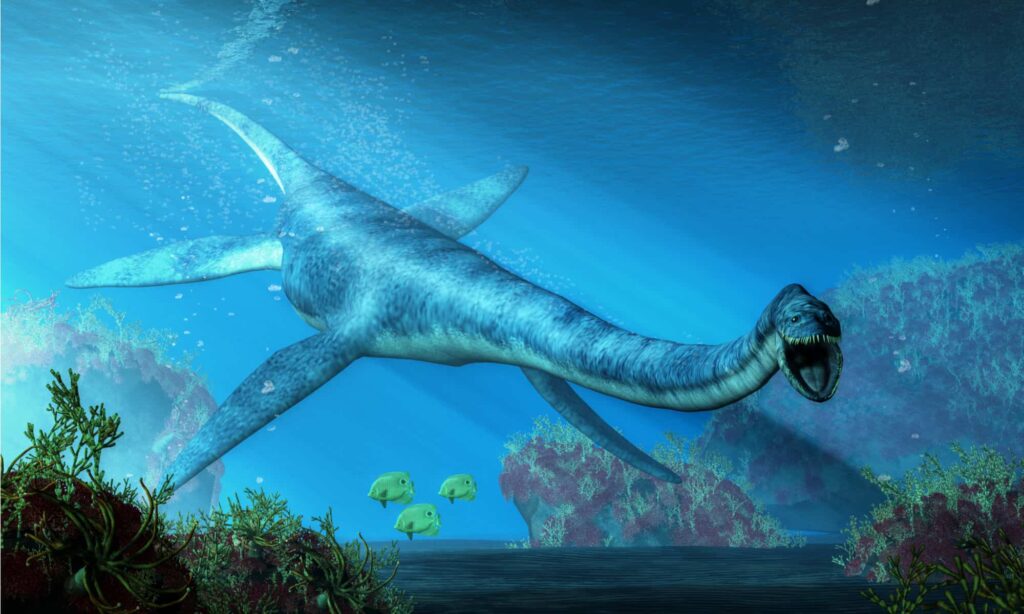
The swimming dinosaur hypothesis has not been without controversy in the paleontological community. Several prominent researchers remain skeptical, arguing that the anatomical features observed in the Canadian claw could represent adaptations for other behaviors, such as specialized hunting techniques or environmental manipulation. Dr. Martin Sander of the University of Bonn has suggested that the flattened claw might be an adaptation for digging in soft riverbank mud rather than swimming. Others point to the incomplete nature of the fossil record, cautioning against drawing broad conclusions from limited specimens. However, supporters of the swimming hypothesis, led by Dr. Thomas Holtz of the University of Maryland, argue that the convergence of multiple lines of evidence—anatomical features, trackway fossils, and paleoenvironmental context—creates a compelling case. This ongoing debate highlights how new discoveries continually reshape our understanding of prehistoric life and the scientific process itself.
Comparison with Modern Swimming Reptiles

To better understand potential dinosaur swimming capabilities, researchers have drawn comparisons with modern reptiles that swim effectively. Crocodilians provide perhaps the most relevant comparison, with their powerful tails and splayed limbs allowing efficient aquatic locomotion despite significant body mass. Marine iguanas of the Galapagos Islands offer another useful model, as they’ve evolved from terrestrial ancestors to become capable ocean swimmers. Certain lizard species like the Asian water dragon demonstrate how even predominantly terrestrial reptiles can develop swimming abilities when their environment favors such adaptations. The fossil evidence from the Canadian claw suggests dinosaurs may have occupied a similar ecological niche to modern semi-aquatic reptiles, potentially using waterways for hunting, escaping predators, or migrating between terrestrial habitats. These comparisons help paleontologists create more accurate reconstructions of dinosaur behavior and capabilities based on observable modern analogs.
Implications for Dinosaur Migration and Distribution
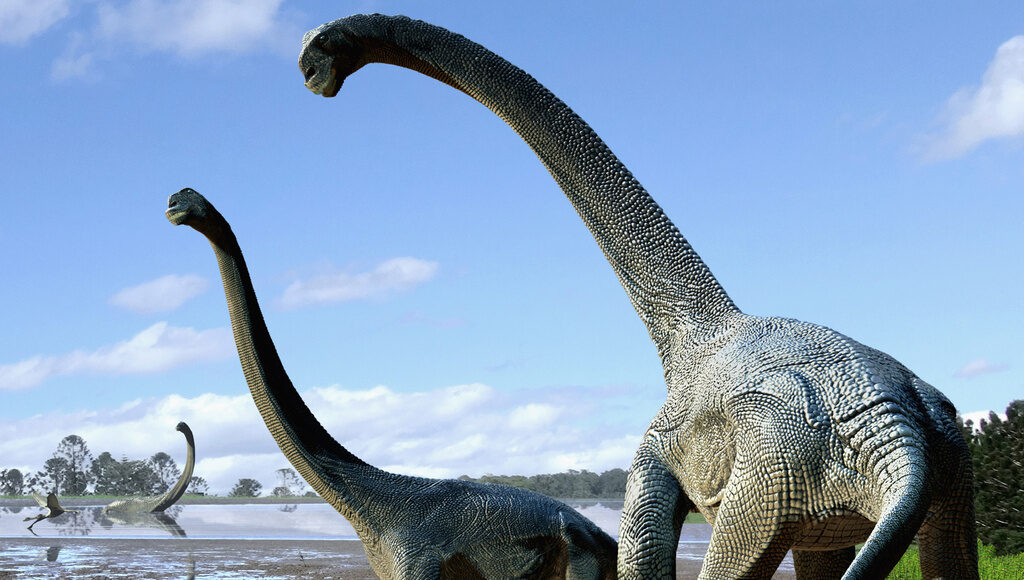
If some dinosaur species could indeed swim effectively, this capability would have significant implications for understanding how these animals migrated and dispersed across ancient landscapes. Water bodies have traditionally been viewed as barriers to dinosaur movement, potentially explaining distribution patterns in the fossil record. However, swimming capabilities would have allowed dinosaurs to cross rivers, lakes, and potentially even narrow sea channels that previously would have been considered impassable. This could explain certain puzzling aspects of the fossil record, such as the presence of similar species on landmasses thought to have been separated by water during certain geological periods. Swimming abilities might also have provided evolutionary advantages during seasonal migrations, allowing dinosaurs to follow optimal food sources across waterlogged landscapes during rainy seasons. Computer models of dinosaur dispersal patterns are now being updated to account for these potential swimming capabilities, potentially resolving long-standing questions about geographic distribution.
Future Research Directions
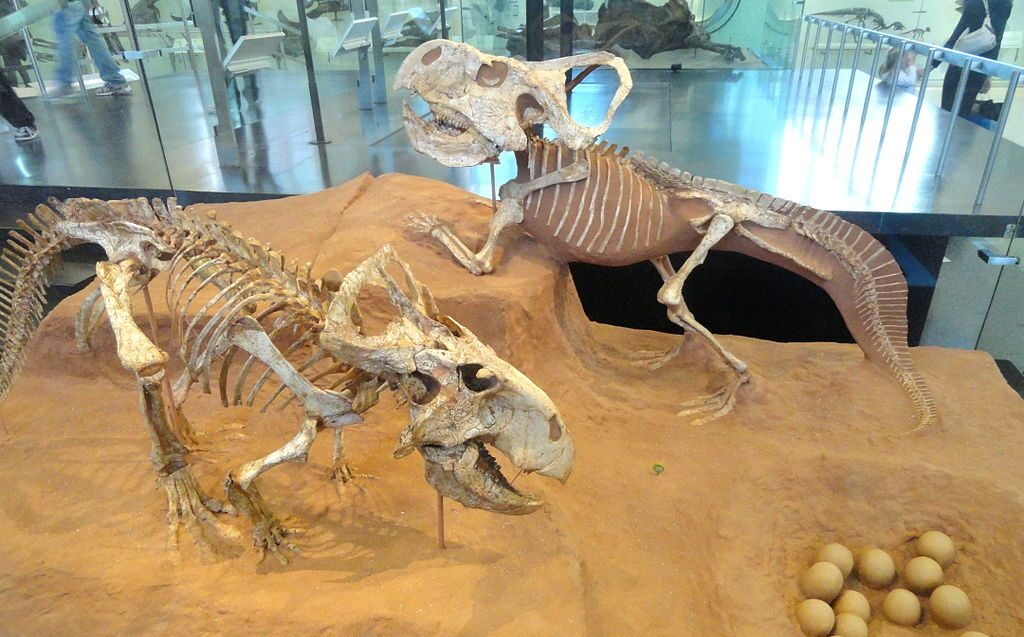
The Canadian claw discovery has opened numerous avenues for future research into dinosaur swimming capabilities. Paleontologists are now developing more sophisticated techniques to identify potential swimming adaptations in fossils, including microstructural analysis of bone density and advanced comparative anatomy. Several research teams are planning targeted excavations in ancient shoreline environments where swimming dinosaurs would most likely have left fossil evidence. Biomechanical engineers are creating more refined computer models to simulate dinosaur swimming based on skeletal reconstructions, allowing for testing of different hypotheses about locomotion techniques. Additionally, researchers are exploring the possibility of identifying chemical signatures in fossil bones that might indicate frequent immersion in water, similar to techniques used to study marine adaptations in ancient mammals. These diverse approaches highlight how a single discovery can catalyze multiple research pathways, each contributing to a more complete understanding of dinosaur biology.
Rewriting Dinosaur Textbooks

The implications of swimming dinosaurs extend beyond academic interest, potentially requiring updates to educational materials and museum exhibits worldwide. For generations, dinosaurs have been portrayed primarily as land-dwellers in books, films, and educational displays. The swimming dinosaur hypothesis necessitates a fundamental reconsideration of these depictions. Several major natural history museums, including the Royal Tyrrell Museum in Alberta and the American Museum of Natural History in New York, are already planning exhibit updates to incorporate these new perspectives on dinosaur locomotion. Educational publishers are reviewing content for upcoming science textbooks to ensure they reflect current understanding of dinosaur capabilities. This evolution in public education highlights how paleontology remains a dynamic field where new discoveries continually reshape our collective understanding of prehistoric life. The Canadian claw discovery serves as a powerful reminder that even after centuries of dinosaur research, these ancient creatures can still surprise us.
Conclusion: Reimagining Dinosaur Ecosystems
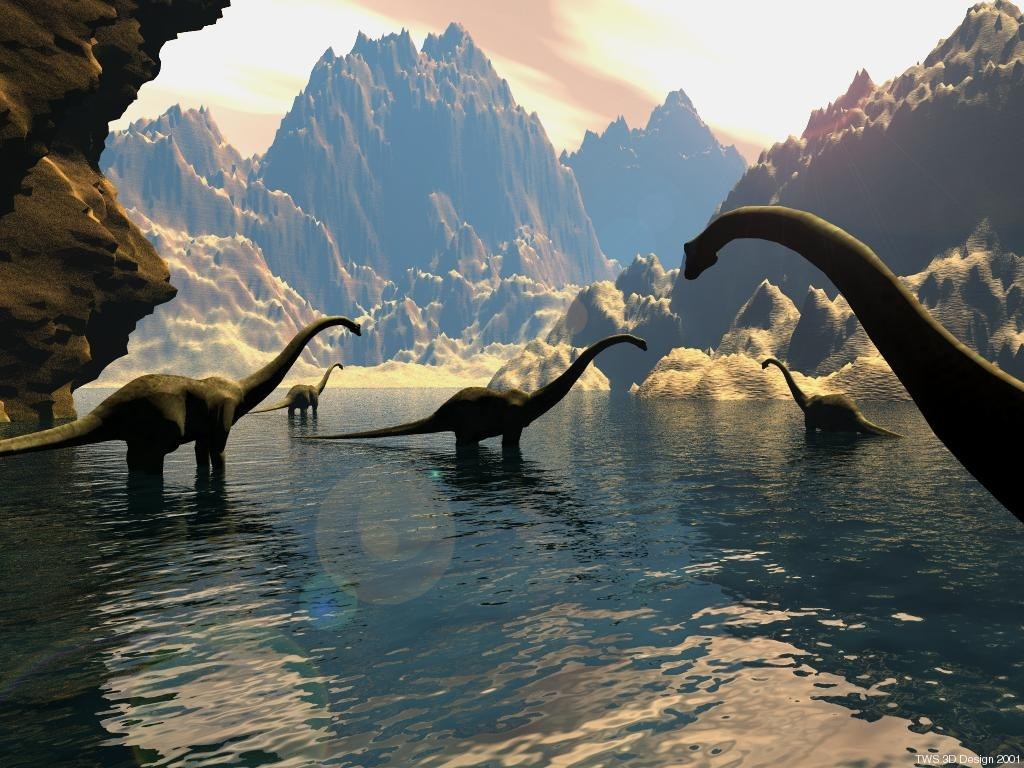
The Canadian claw discovery and its implications for dinosaur swimming capabilities invite us to reimagine prehistoric ecosystems in more complex and nuanced ways. Rather than viewing dinosaurs as confined to terrestrial environments, we can now envision a more dynamic relationship between these ancient creatures and the diverse landscapes they inhabited. Swimming dinosaurs would have created more intricate food webs and predator-prey relationships, extending their ecological influence across land and water boundaries. This emerging understanding enriches our appreciation for the adaptability and evolutionary ingenuity of dinosaurs, which dominated Earth’s ecosystems for over 150 million years. As paleontologists continue to investigate this hypothesis through further excavations and analyses, our picture of dinosaur behavior will undoubtedly become even more fascinating and complete. The swimming dinosaur debate reminds us that paleontology is not merely about uncovering bones but about reconstructing the complex lives of creatures that shaped our planet’s evolutionary history.

